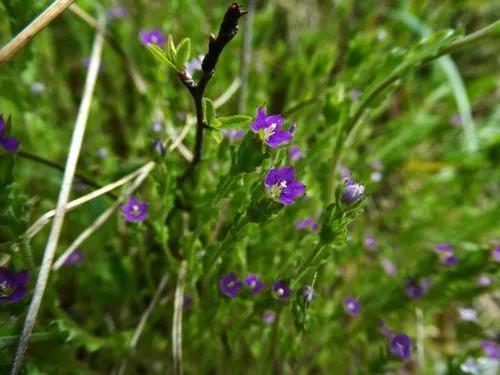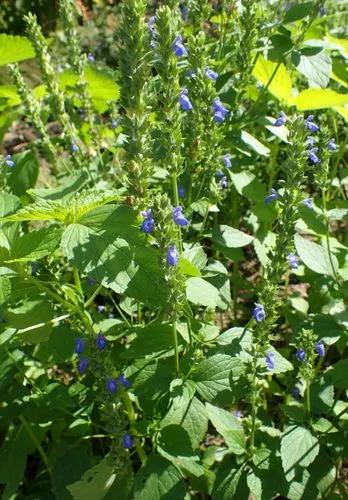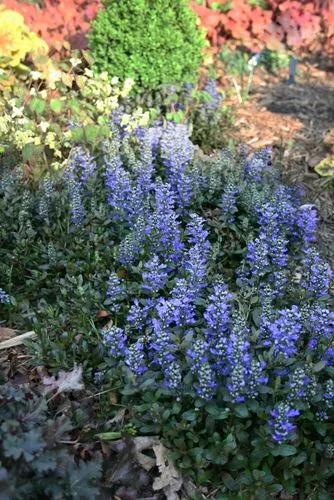Heracleum is a genus of biennial and perennial herbs in the carrot family Apiaceae. They are found throughout the temperate northern hemisphere and in high mountains as far south as Ethiopia.
Hogweed Care
Heracleum sphondylium



Heracleum sphondylium reaches on average 50–120 centimetres (20–47 in) of height, with a maximum of 2 metres (6 ft 7 in).[citation needed] The hollow, ridged stem with bristly hairs arises from a large tap root. The leaves can reach 50 centimetres (20 in) of length. They are once or twice pinnate, hairy and serrated,:827 divided into 3–5 lobed segments.
Hogweed has 5-petalled pinkish or white flowers, arranged in umbels usually less than 30 cm of diameter with 15 to 30 rays. The peripheral flowers have a radial symmetry (zygomorphic). The terminal umbels are flat-topped and the outermost petals are enlarged.Flowering typically occurs between June and October.
Drawing of Heracleum sphondylium, showing the heart-shaped schizocarp (fruit)
The flowers are pollinated by insects, such as beetles, wasps and especially flies. The small fruits are schizocarps, flattened and winged, elliptical to rounded and glabrous, up to 1 cm long. The seed dispersal is by wind (anemochory).
The characteristic pig-like smell of the flowers gives it its name.[citation needed] The leaves are commonly mined by the larvae of the leaf miner Phytomyza spondylii.
Heracleum sphondylium is smaller than dangerous Heracleum mantegazzianum (giant hogweed) and Heracleum sosnowskyi (Sosnowsky's hogweed), and should not be confused. However, it contains some of the same phytophototoxic compounds (furanocoumarins), albeit at lower concentrations,and there is evidence that the sap from common hogweed can also produce phytophotodermatitis (burns and rashes) when contaminated skin is exposed to sunlight.Care therefore needs to be used when cutting or trimming it, to prevent 'strimmers rash'.
This plant might be poisonous
How to get rid of:
Before the inflorescences appear, the weed can be dug up. This should be done with a sharp shovel, carefully digging in the roots as deep as possible. When they are sufficiently exposed, they take the stem and pull with effort, trying to pull out the plant. If the rhizome is broken off, the procedure is repeated. Leaving even small fragments in the ground is not recommended. They may have dormant buds that will sprout over time. Digging is possible if single specimens are seen on the site.
In an area most of which is filled with poisonous growth, digging will be too laborious. Mowing is used here. After the first shoots appear, they are mowed, the procedure is repeated every month.
How to Care for the Plant

Popularity

318 people already have this plant 84 people have added this plant to their wishlists
Discover more plants with the list below
Popular articles






